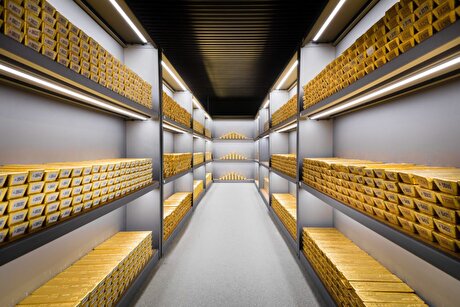
Narrowing Budget Deficit Ups Development Spending by 70%
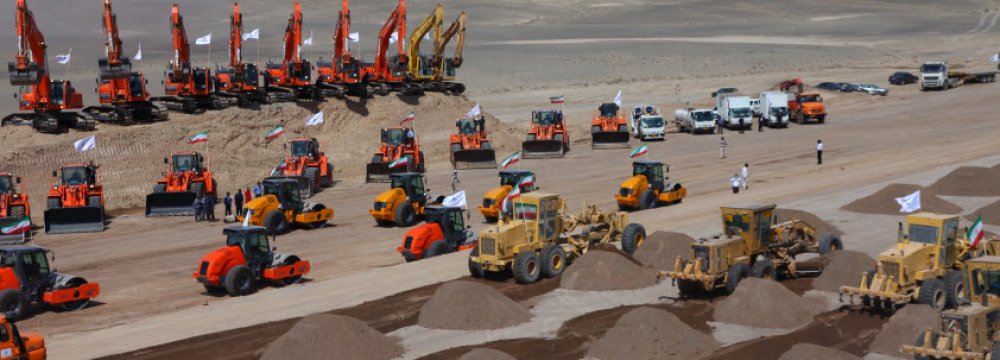
This is much lower than the target of 657 trillion rials ($10.95 billion) set in the Budget Law, according to the latest report by the Central Bank of Iran.
The government had to issue 97.6% more bonds during the 11 months compared with the corresponding period of the year before to cover its budget deficit of 331.3 trillion rials ($5.52 billion). As much as 620.4 trillion rials ($10.34 billion) worth of bonds were issued during the period under review.
The government's huge budget deficit, which had led to underinvestment in Iran’s development projects, is narrowing since the 10th month of the Iranian year ending Jan. 20.
CBI figures show the budget earmarked for the development sector has never been fully allocated in the past few years, as the government failed to materialize the projected revenues.
“The main reason for the government’s failure in providing resources for development is that it fails to achieve its target revenues,” Mohammad Taqi Fayyazi, the head of Budget Team at Majlis Research Center, has been quoted as saying.
The government only met 58%, 68% and 39% of its projected development spending during March 2015-16, 2014-15 and 2013-14 respectively.
Noting that some 75% of Iran’s development budget are associated with construction, Fayyazi said, “Resources are allocated based on priorities. And the priorities include salaries and wages of state employees and repurchase of issued bonds and payment of interests … What little remains goes to development projects.”
The lawmaker noted that due to limited cash, the government has failed to pay its liabilities to contractors. The total value of overdue payments to contractors by ministries, including the Ministry of Energy, has been unofficially estimated to be $35 billion. Most of the debt is due to a large number of unfinished infrastructure projects, the completion of which requires an estimated $40 billion.
The latest CBI report shows the government’s overall revenues during the 11 months amounted to 511.1 trillion rials ($8.51 billion), posting a rise of 23.2% year-on-year, while its spending hit 842.4 trillion rials ($14 billion) to register a 30.1% growth YOY.
Revenues associated with the sales of oil and petroleum products reached 824 trillion rials ($13.7 billion), indicating a 38% rise YOY, but less than the projected budgetary figure of 1048.5 trillion rials ($17.47 billion).
Although tax revenues were estimated to hover around 1.072 quadrillion rials ($17.84 billion), they only reached 921.8 trillion ($15.36 billion), registering a 7.6% increase YOY.
The government’s tax revenues consist of returns from direct and indirect taxation. Direct taxes include three groups of “tax on legal entities”, “income tax” and “wealth tax”.
Overall, direct tax revenues stood at 403 trillion rials ($6.71 billion) during the 11 months, registering a decline of 4.6% YOY.
Indirect taxes, including “tax on imports” and “tax on goods and services”, reached 518.7 trillion rials ($8.64 billion), indicating a 19.5% rise YOY.
The report also shows tax on imports generated 175.9 trillion rials ($2.93 billion), 23.2% more than the corresponding period of the year before while tax on goods and services earned the government 342.8 trillion rials ($5.71 billion), up 17.8% YOY.
Value added tax, which is a subcategory of tax on goods and services, increased by 20.6% to reach 224.9 trillion rials ($3.74 billion).A


Platinum price surges to 11-year high on supply concerns

Copper price surges to highest since March record

Mali to restart production at Barrick’s Loulo‑Gounkoto gold mine

Energy Fuels’ rare earth JV in Australia receives regulatory OK

CHART: The brutal economics of EV battery lithium
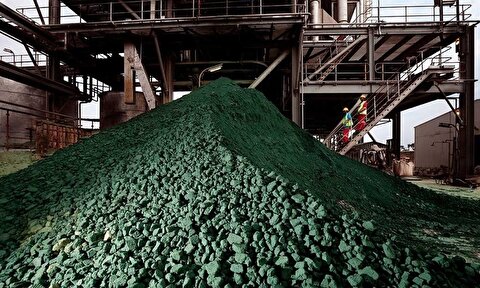
Cobalt price surges after Congo extends ban

Central Asia Metals ups offer for New World Resources to fend off Kinterra

Vale’s new CEO aims to make Brazilian miner the world’s biggest
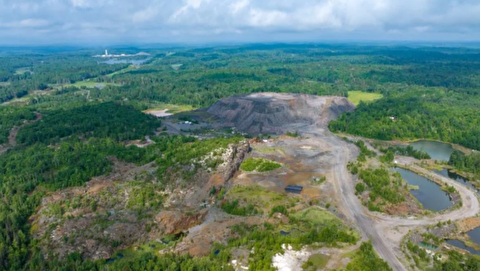
Magna’s Crean Hill project receives Ontario gov’t funding

Researchers develop sustainable method to extract gold from ore and electronic waste

Gold miners stack records
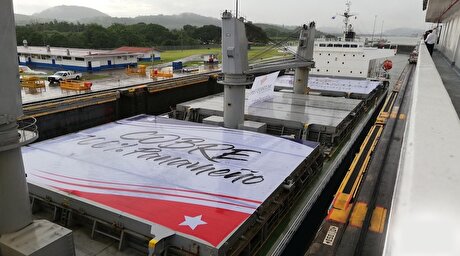
First Quantum starts shipping stockpiled copper from Panama mine

Gold price falls 2% on US-China trade agreement
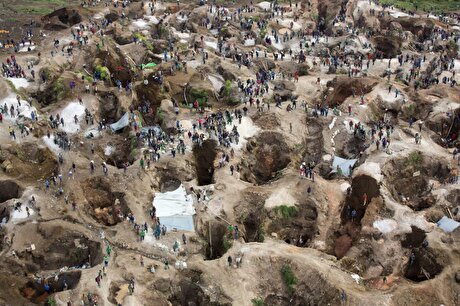
Trump ally eyes Congo mine vital to global tech

Copper price down after $0 Chinese smelter deal

Magna’s Crean Hill project receives Ontario gov’t funding

Cobalt price surges after Congo extends ban

Central Asia Metals ups offer for New World Resources to fend off Kinterra

Kenorland options three gold projects in Ontario to Centerra

Researchers develop sustainable method to extract gold from ore and electronic waste

Gold miners stack records

First Quantum starts shipping stockpiled copper from Panama mine

Gold price falls 2% on US-China trade agreement

Trump ally eyes Congo mine vital to global tech

Copper price down after $0 Chinese smelter deal

Magna’s Crean Hill project receives Ontario gov’t funding

Cobalt price surges after Congo extends ban

Central Asia Metals ups offer for New World Resources to fend off Kinterra












